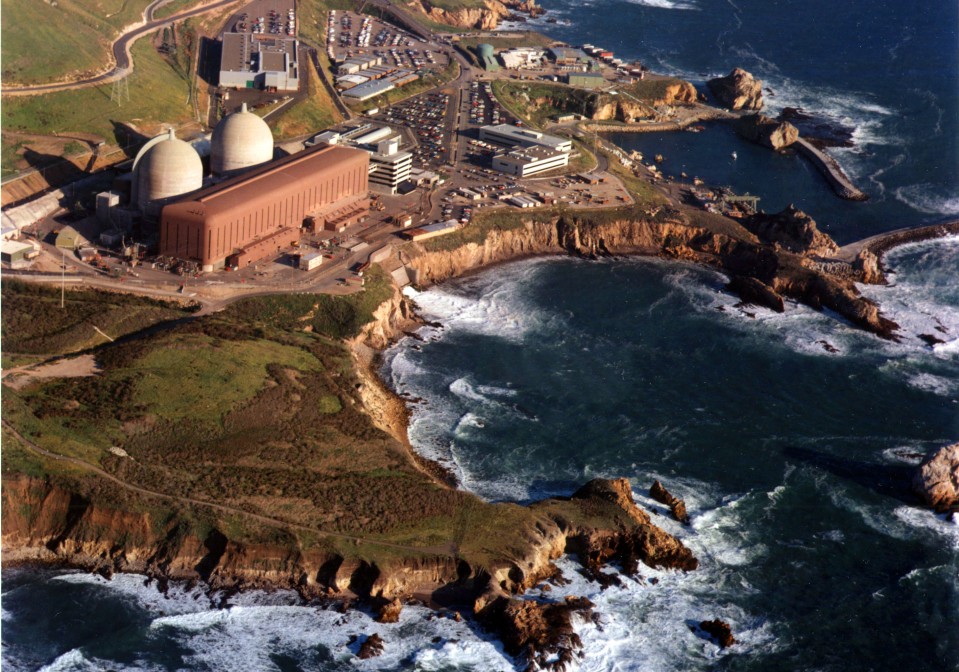

Climate Change / Clean Energy
How California could affordably reach 100 percent clean electricity
Depending on solar and wind without nuclear, carbon capture, or other “firm low-carbon resources” would be extremely expensive, MIT researchers find.

Last week, California lawmakers passed a bill requiring 100 percent of the state’s electricity to come from carbon-free sources by the end of 2045, sending the historic clean-energy bill to the governor’s desk (see “California advances an ambitious climate policy that should be a model for the world”).
But the portfolio of technologies employed in pursuit of such policies could radically alter the eventual costs—and the odds of reaching the end goal.
A new paper by MIT energy researchers, published in the journal Joule, concludes that building out a substantial level of “firm low-carbon resources” like nuclear power or natural-gas plants that capture carbon dioxide—rather than relying exclusively on renewable resources like wind and solar, backed up with batteries—could cut electricity costs by as much as 62 percent.
Including these steady sources in the energy mix “substantially increases our chances of affordably decarbonizing the grid,” says Jesse Jenkins, a coauthor of the report and now a postdoctoral environmental fellow at Harvard.
The new study is the latest to conclude that relying on renewables alone is a very expensive way to clean up the grid, contradicting the view of some scientists that sources like wind and solar could affordably fulfill most electricity demands (see “Scientists sharply rebut influential renewable-energy plan”).
The basic problem is that the sun doesn’t always shine and the wind doesn’t always blow. So as these highly variable sources come to represent a growing portion of the grid, vast amounts of additional energy storage and renewable generation are needed to balance out supply and demand across days and weeks. This and other studies have found that costs begin to rise exponentially once the share of variable renewables crosses roughly the 80 percent threshold.
Other “firm” resources that can balance out the peaks and valleys of wind and solar could include large hydroelectric power plants, enhanced geothermal stations, or various forms of bioenergy, the authors state.
Given these technical challenges, it’s wise that California’s measure allows for flexibility in how the state reaches the 100 percent goal, incorporating the term “zero-carbon resources” (unlike Hawaii’s strictly 100 percent renewable law). That means grid operators there could potentially rely on the kinds of resources the study highlights, including small modular nuclear reactors like the ones NuScale Energy is developing, carbon capture systems of the sort Net Power is testing, or enhanced geothermal techniques like the type Fervo Energy is developing.
“It’s important that the policies are agnostic and flexible enough to harness whatever technologies become available to reach a low-carbon grid,” Jenkins says.